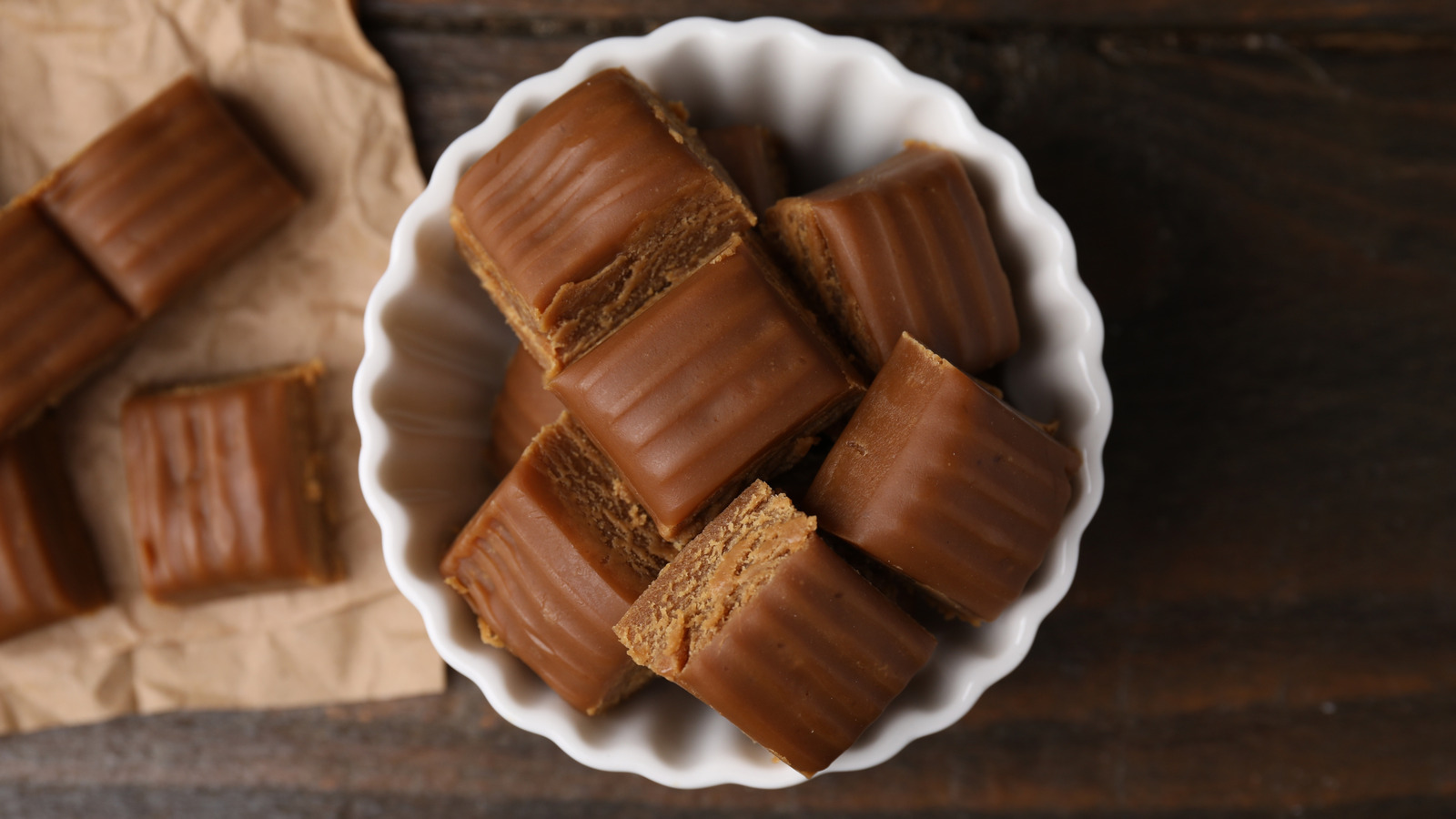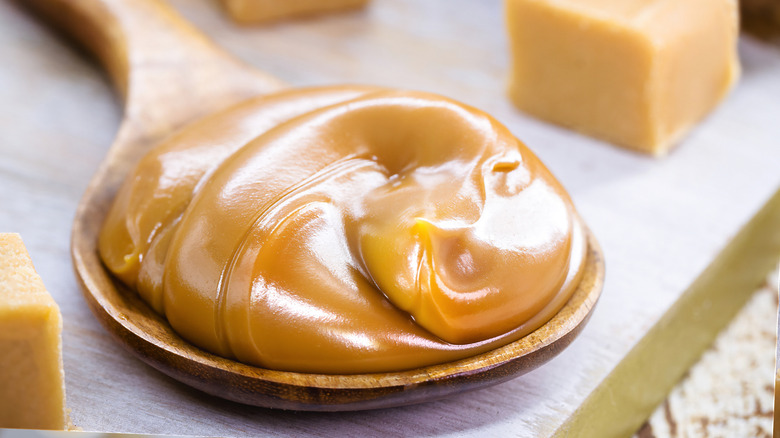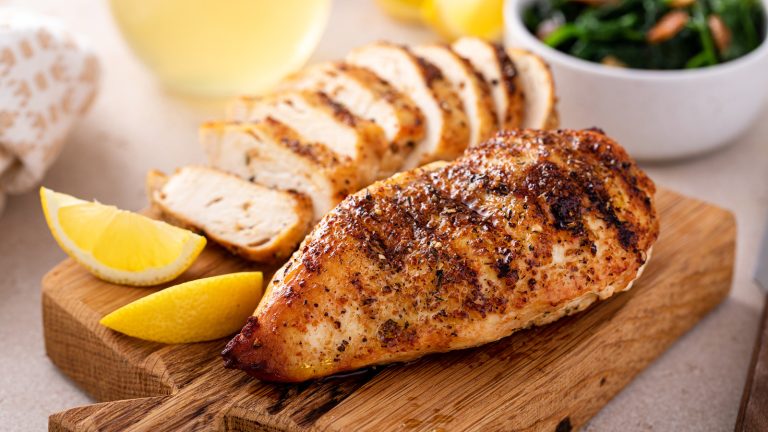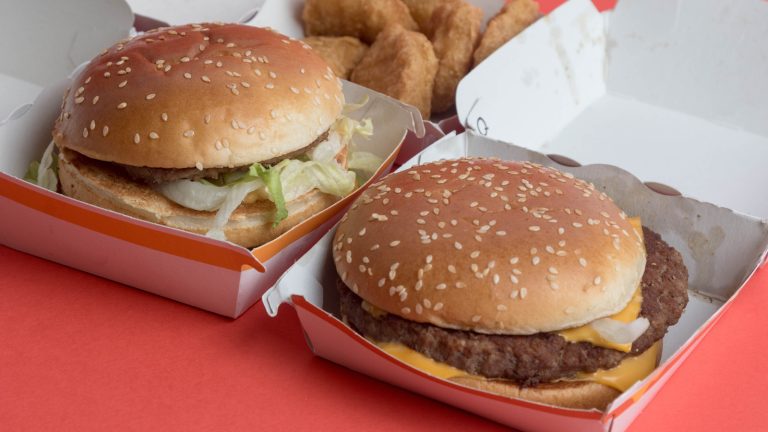Candy bars have been a cherished part of our culture for decades, their popularity originating all the way back in World War I, when they were used to provide energy and morale boosts to soldiers. And while a store-bought piece of candy is always welcome, there’s a very special feeling that comes from concocting your own homemade confections. One of the only roadblocks for many would-be home candy makers is the lack of equipment, which is why we spoke to Yami Mercado, a pastry chef at the Chicago Athletic Association, to find out how you can still be successful even if you don’t have a candy thermometer.
The key lies in a trick called the water test, according to Mercado. “The water test is an old-school but super effective method,” she explains. “It helps you visually and physically determine which stage your sugar has reached.” This test, which can trace its roots back to the 16th century, requires just cold water and a knowledge of the six stages of cooked sugar to ensure that you have the perfect level of doneness for whatever type of candy you’re trying to make.
How it works is simple. “Drop a bit of the sugar syrup into cold water: if it forms a soft, pliable ball, you’re at the soft ball stage — perfect for fudge or caramels. If it becomes firm but still pliable, that’s the firm ball stage. As you go higher, you get to [the] hard crack stage, where it turns brittle,” Mercado says.
Learning the stages of cooked sugar
While it may initially feel a bit like homework, getting comfortable with these stages is paramount if you want to become the best confectioner you can be. “Each stage has its own distinct texture, and learning to recognize them by touch and appearance is a great skill for any candy maker,” Yami Mercado explains. It’s also important to use a fresh bowl of cold water each time you do this test so as not to skew the results.
The six stages of cooked sugar are: thread, soft-ball, firm-ball, hard-ball, soft-crack, and hard-crack, and each of those is ascribed a particular temperature, with the thread stage starting at 215 degrees Fahrenheit and the hard-crack stage, used for toffee and other hard candies, reaching 300 degrees Fahrenheit and up. When you go past that, to 320 degrees Fahrenheit and higher, when all the water has burned away, you get to the stages of caramelized sugar.
Of course, this is not the only way to perfect your confections without a thermometer. Using boxed cake mix to make homemade fudge can simplify the process tremendously and churn out consistent, high-quality results. Then, wrap it tightly and keep it in a cool, dark pantry to store fudge while keeping it moist for up to two weeks.






